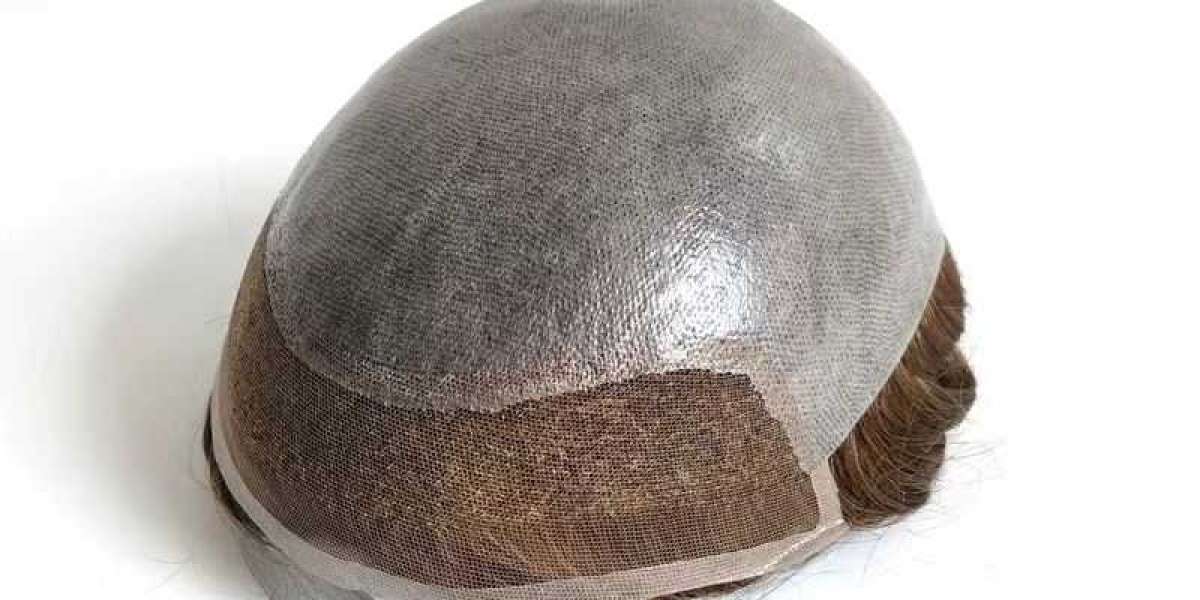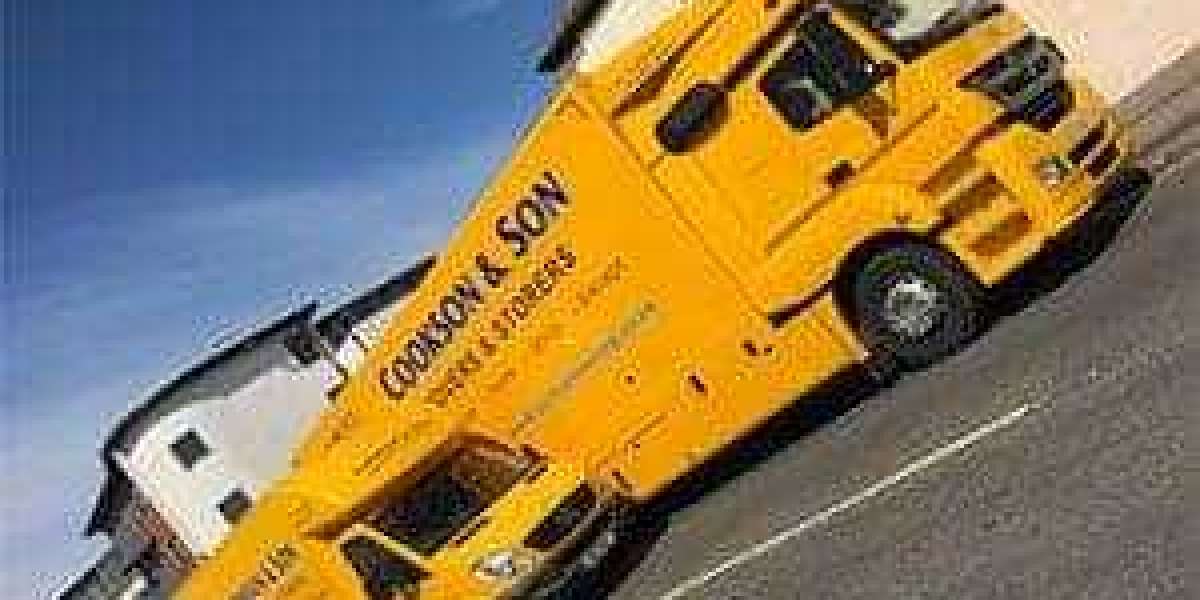DC-DC switching controllers are essential components in modern power electronics that enable the conversion of one DC voltage level to another. These controllers are fundamental to achieving efficient power management in a variety of applications, ranging from consumer electronics to industrial systems and renewable energy setups. Unlike linear voltage regulators, DC-DC switching controllers offer higher efficiency by converting excess energy into useful work, making them a preferred solution for DC DC Switching Controllers types applications requiring power efficiency and heat management.
What are DC-DC Switching Controllers?
A DC-DC switching controller is a device that regulates the conversion of direct current (DC) electrical power from one voltage level to another. This is typically done using a technique called switch-mode power supply (SMPS), where energy is stored in an inductive or capacitive element and then switched on and off rapidly. By controlling the switching frequency and duty cycle (the ratio of time the switch is on versus off), the controller adjusts the output voltage to the desired level.
There are several types of DC-DC converters, including buck converters (step-down), boost converters (step-up), and buck-boost converters (both step-up and step-down). The choice of converter depends on the input and output voltage requirements of the specific application.
How DC-DC Switching Controllers Work
At the heart of a DC-DC switching controller is a high-speed switch, often implemented using a transistor, which alternates between conducting and non-conducting states. This rapid switching is controlled by feedback from the output voltage, ensuring that it remains stable and within desired limits.
Here’s a simplified breakdown of how a typical DC-DC switching controller works:
Switching Operation: The controller turns the switch on and off at a high frequency, typically in the range of tens to hundreds of kilohertz. When the switch is on, current flows through an inductor, storing energy in its magnetic field. When the switch turns off, the stored energy is released through a diode (or another switch), providing power to the output.
Energy Storage and Release: During the "on" phase, energy is stored in an inductor or capacitor, and during the "off" phase, that energy is transferred to the output, either through a diode (in buck or boost converters) or via other circuit elements. This process creates a stable DC output.
Feedback Mechanism: A feedback loop monitors the output voltage and compares it with the desired reference voltage. If the output voltage deviates, the controller adjusts the switching frequency or duty cycle to correct the voltage, ensuring the system operates efficiently and stably.
Types of DC-DC Switching Controllers
Buck Converters: These controllers step down the input voltage to a lower output voltage. For example, a 12V input could be converted to 5V or 3.3V for powering digital circuits. Buck converters are widely used in applications where a reduction in voltage is necessary, such as powering microprocessors or sensors.
Boost Converters: Boost converters step up the input voltage to a higher output voltage. They are commonly used in battery-powered devices, where a low battery voltage needs to be boosted to a higher level for efficient operation of the device. For instance, a 5V boost converter might be used in systems requiring a 12V supply.
Buck-Boost Converters: These controllers can both step up and step down the input voltage, making them highly versatile. They are ideal for situations where the input voltage may be above or below the required output voltage, such as in renewable energy systems (solar panels) or in battery-operated devices that experience varying voltage levels as the battery discharges.
Cuk Converters: A less common but useful topology, the Cuk converter provides both step-up and step-down voltage conversion with minimal ripple, making it suitable for sensitive electronic applications that require a smooth output voltage.
Benefits of DC-DC Switching Controllers
High Efficiency: The primary advantage of DC-DC switching controllers over linear regulators is their high efficiency. By using a switching mechanism instead of dissipating excess energy as heat, DC-DC converters typically achieve efficiencies of 80% to 95%, compared to linear regulators, which are often less than 50% efficient in high-dropout scenarios.
Reduced Heat Generation: Since DC-DC switching controllers are much more efficient, they generate less heat. This is crucial for maintaining the reliability and longevity of sensitive components, especially in compact or enclosed spaces where heat dissipation can be challenging.
Wide Input Voltage Range: Many DC-DC controllers are designed to operate across a broad input voltage range, making them versatile in systems with fluctuating or varying input sources. This capability is particularly valuable in applications such as battery-powered devices, where input voltage can change as the battery discharges.
Compact and Lightweight: Because of their efficiency and smaller components, DC-DC switching controllers are typically more compact and lighter than linear regulators, which is particularly important in portable devices or systems where space and weight are limited.
Precision Regulation: DC-DC controllers can provide very precise voltage regulation, which is essential for powering sensitive electronic components that require a stable supply voltage to function correctly.
Applications of DC-DC Switching Controllers
Consumer Electronics: Devices like smartphones, laptops, and tablets require efficient power conversion for charging batteries and powering internal circuits, making DC-DC converters essential in these applications.
Automotive Systems: In modern vehicles, DC-DC switching controllers are used for managing power between various subsystems, such as infotainment, lighting, and motor control, ensuring stable operation in fluctuating conditions.
Renewable Energy: In solar power systems, DC-DC converters are used to optimize the power transfer from solar panels to batteries or the grid, ensuring maximum energy efficiency.
Industrial Automation: DC-DC controllers help power sensors, actuators, and controllers in industrial systems, ensuring reliable operation in harsh environments with varying power requirements.
Conclusion
DC-DC switching controllers are essential components for efficient power conversion in modern electronics and systems. Their ability to step up, step down, or regulate voltage with high efficiency and minimal heat generation makes them indispensable in a wide variety of applications. From consumer electronics and automotive systems to renewable energy and industrial automation, DC-DC converters ensure stable, reliable, and efficient operation, making them a key part of today’s technological infrastructure.
Follow Us:
YouTube: https://www.youtube.com/@Origin_Data
Facebook: https://www.facebook.com/OriginDataGlobalLimited
Twitter: https://twitter.com/Origin_IC
Szxlxc:https://www.szxlxc.com
Tiktok: https://www.tiktok.com/@origin_data







